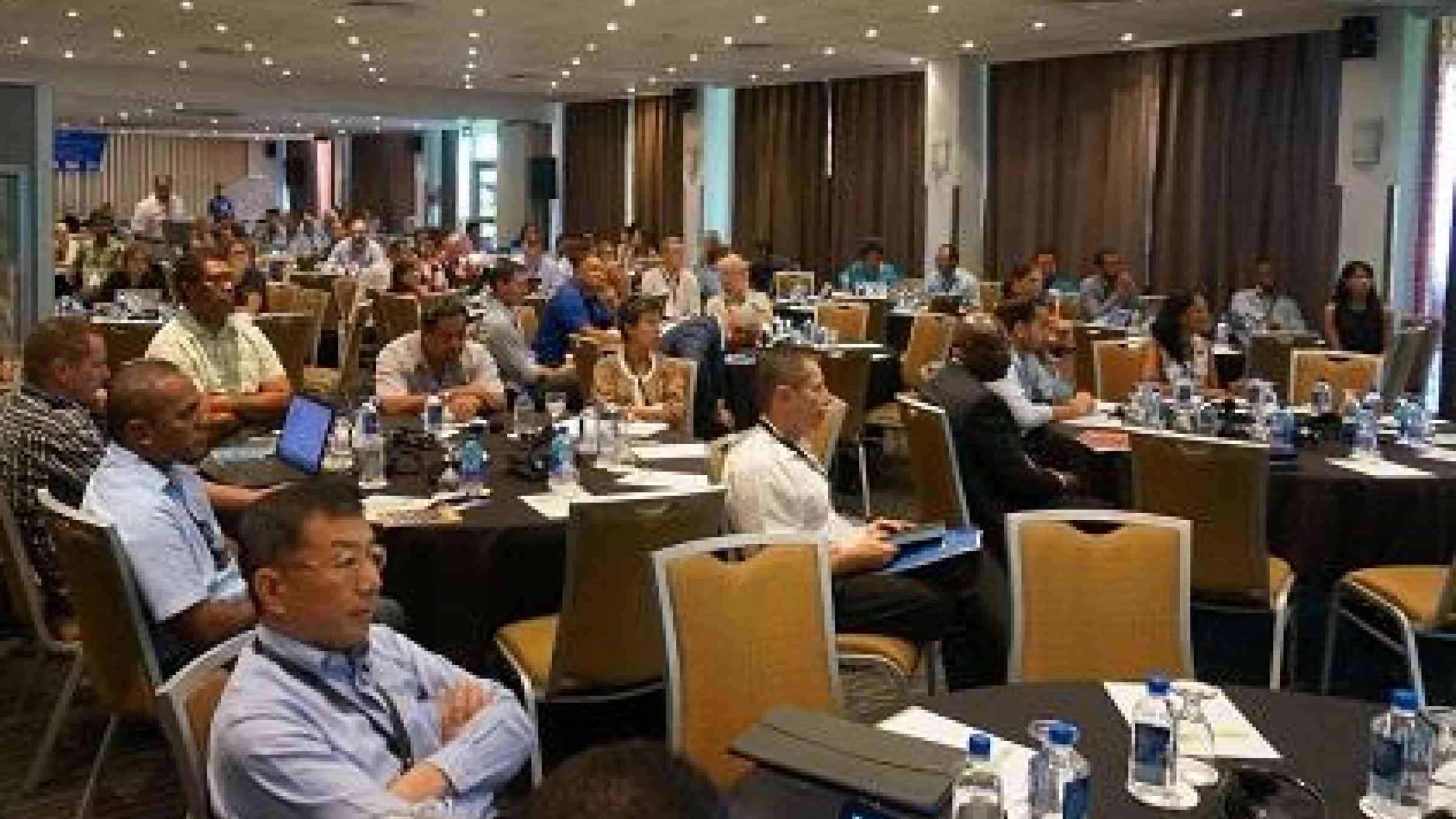Pacific moves on targets and indicators

SUVA, 27 October 2015 – The Pacific region today recommended the development of national and regional targets and indicators as a key element to the successful implementation of the Sendai Framework for Disaster Risk Reduction.
The Closing Statement of the Pacific Disaster Resilience Meeting said this would “reinforce and support global targets and indicators” as well be supportive of and coherent with the implementation of the Sustainable Development Goals and climate change framework.
The Meeting also recognized the need for regional collaboration to enhance the monitoring and review mechanism of disaster risk reduction and to explore “effective modalities for regional cooperation, coordination with development partners, to implement the Sendai Framework”.
In this regard, it requested the United Nations Office for Disaster Risk Reduction (UNISDR) to “coordinate production of a plan with timelines and resource requirements for the implementation process (of the Sendai Framework) to best support Pacific island countries and territories”.
The Head of the Pacific Office of UNISDR, Mr. Timothy Wilcox, said the region had again emphasized how reducing disaster risk was an integral part of sustainable development.
“The Pacific has looked closely at the Sendai Framework and decided that a regional implementation plan and regional targets are needed in order for it to be effectively implemented,” Mr. Wilcox said.
“Representatives from government and a wide range of sectors shared a lot of good solutions. The forum again showed the Pacific region remains a leader in the move from managing disasters as unavoidable events to an approach that instead manages disaster risk as part of the development process.”
Mr. Wilcox also praised the open and inclusive format of the meeting: “All partners are convinced that this element is one of the main reasons why such ambitious and clear recommendations have been adopted by the Pacific region.”
The Pacific’s challenging context was a consistent backdrop to deliberations. The current drought and water shortages in parts of the region as a result of El Niño and the Category 5 Cyclone Pam, which hit Vanuatu and other countries in March, were constantly referenced.
The Sendai Framework, the global blueprint for reducing disaster losses and risk, was adopted earlier this year at the Third UN World Conference on Disaster Risk Reduction in Japan.
The Meeting Closing Statement also acknowledged the contributions of the Hyogo Framework for Action 2005-2015 and the associated Regional Framework for Action 2005-2016 “in assisting the Pacific region to build stronger and more resilient communities to disasters”.